From the time the iceberg pierced the Titanic below her waterline and the time she went under, there were almost three full hours of chaos — two hours and 40 minutes to be exact.
Perhaps that's the most unnerving part of it all: how slow the destruction was.
The Titanic's musicians played for as long as they possibly could as it sank — for over two hours. They wanted to do their best to keep passengers as calm as possible while they loaded into lifeboats. One second-class passenger who survived recalled a musician's decision to do this as the single bravest thing to happen during the sinking.
That early morning of April 15, 1912, just 400 miles away from land and four days after departure, more than 1,500 people died, the musicians among them. It is one of the most recognized tragedies of the last century. But how much do we really know about it?
Take a look at these 10 facts about the sinking of the Titanic — I was quite surprised by how much I really didn't know!
Please SHARE with your family and friends on Facebook.
1. The 'Titanic' Received 6 Ice Warnings Before The Collision
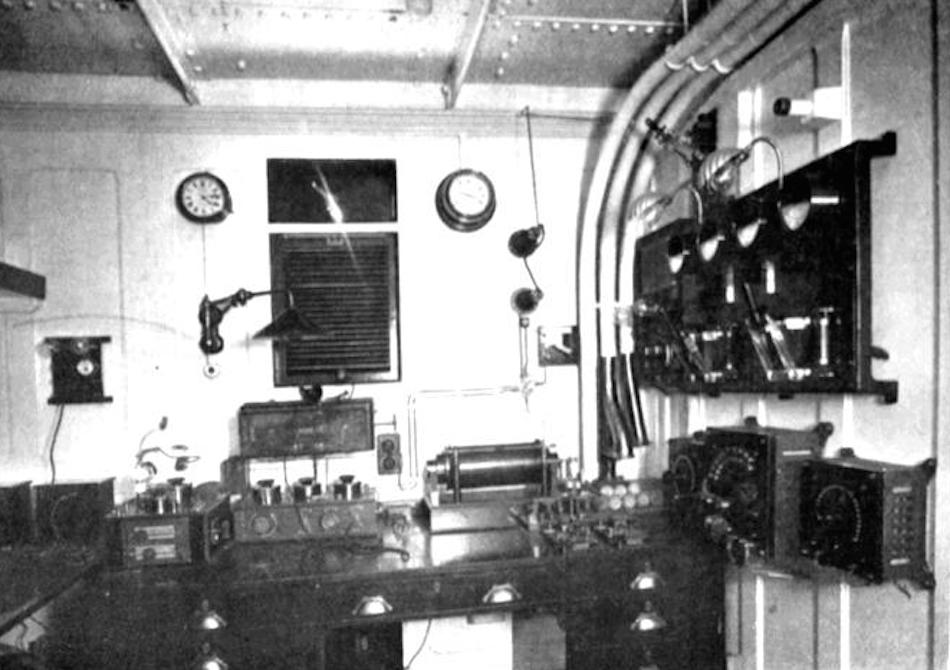
Over the wireless communicator, the Titanic received six warnings about ice on the night of the collision.
There was also no moon to reflect off the iceberg and make it more visible, and no waves to create a foam ring around the ice. Conditions were ominous all around.
2. A Whole Hour Passed Before They Started Loading Lifeboats
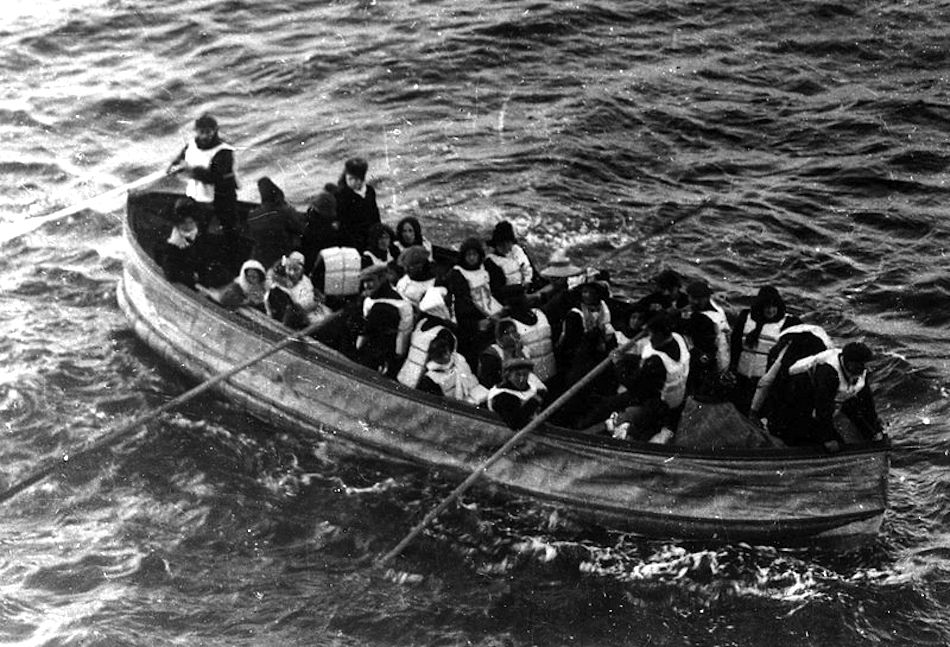
The first lifeboat was loaded and lowered over a full hour after the ship hit the iceberg. It was designed to hold 65 people, according to the History Channel.
However, among all the chaos and confusion, only 28 climbed aboard. Almost every single boat that set off to safety while the boat was sinking had a heartbreaking amount of space still left inside.
Had the loading of lifeboats started much sooner and with more organization, perhaps many more people could have survived.
3. In A Different Type Of Collision, She Might Have Survived
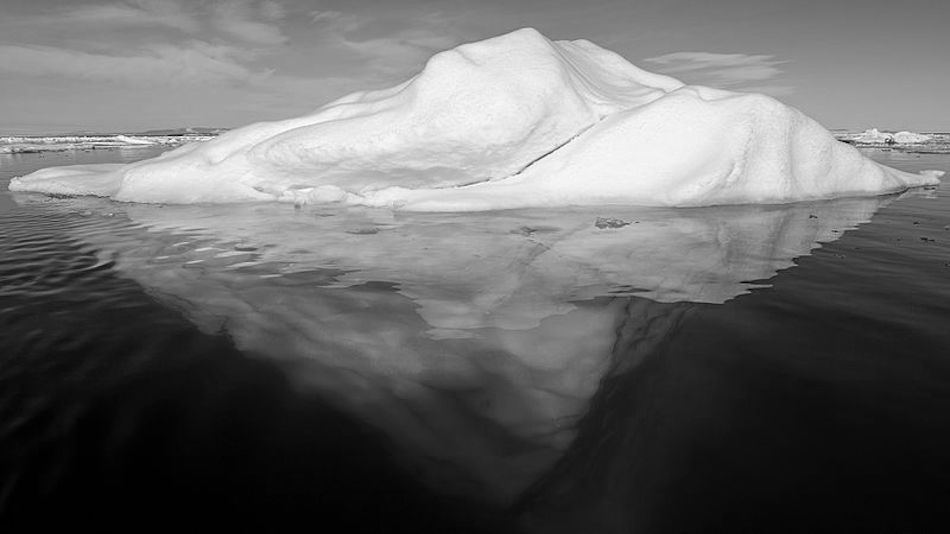
According to the Journal Sentinel, the Titanic would have been able to stay afloat if she had hit the iceberg head-on due to the strength of her bulkheads.
As we all know, though, it was the side of the boat that got sliced up by the underwater parts of the iceberg that did her in.
4. 3 Dogs Were Presumably Snuck Onto Lifeboats

Two Pomeranians and one Pekingese survived the sinking of the Titanic. It's believed to be because they were small enough for their owners to take onto lifeboats with no one else realizing.
There were 12 total dogs on the ship, all belonging to first-class passengers, but these three little ones were the only ones to survive.
5. The Final SOS Position Was Incorrect

While the latitude given by Officer Boxhall was correct, the longitude was a good 14 miles off. Even if rescue had arrived in time, they would have come to the wrong spot.
There isn't a clear answer as to how or why the reading was so far off, but there is a pretty good amount of speculation.
6. There Had Been No Lifeboat Drills
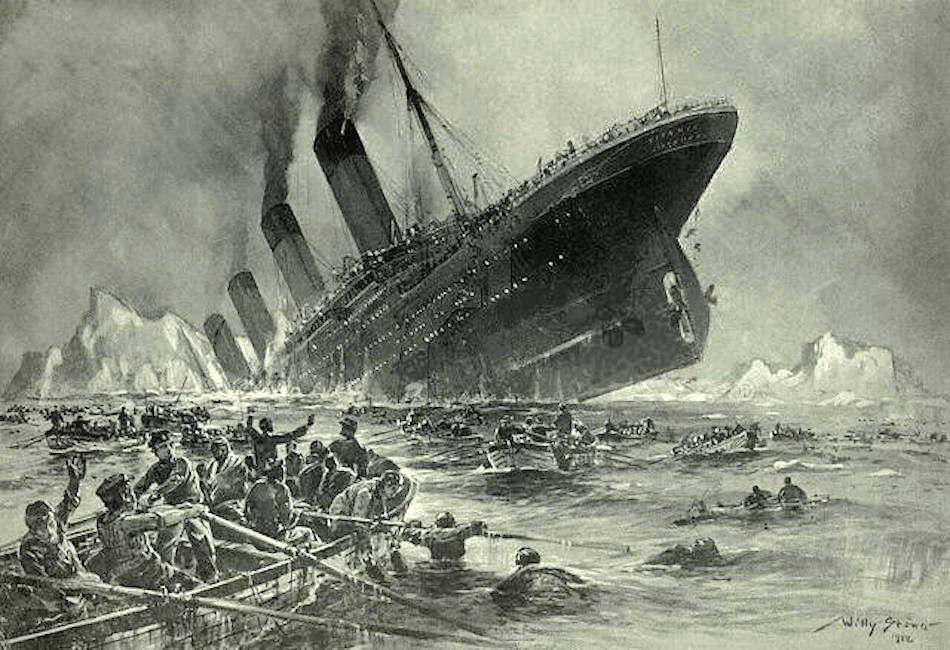
There was such complete and utter pandemonium because there had not been a single lifeboat or evacuation drill aboard the ship — not one!
7. The 'Titanic' Waited Close To An Hour Before Asking For Help
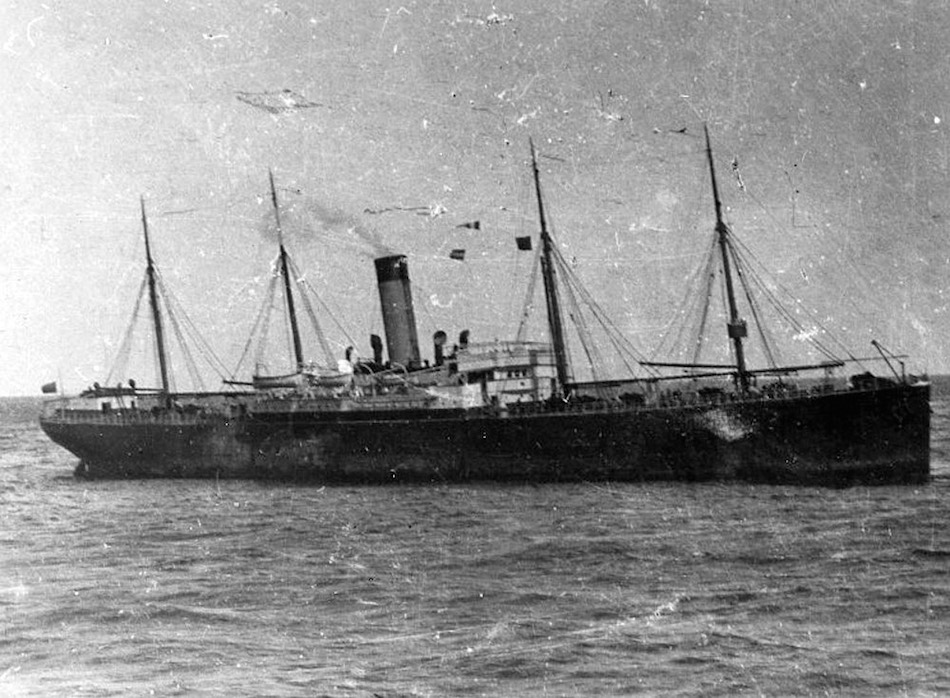
According to author Tim Maltin, as reported by the Telegraph, the ship's crew waited a good 45 minutes before sending out a distress signal because they wanted to keep the collision quiet.
Once they looked into it and found how fatal it could be, they finally started calling out for assistance.
There was a ship nearby, the Californian (pictured above), that very well could have been heading toward the wreck for those 45 minutes, and might have saved many more people.
8. The Boat Took On Water At An Alarming Rate
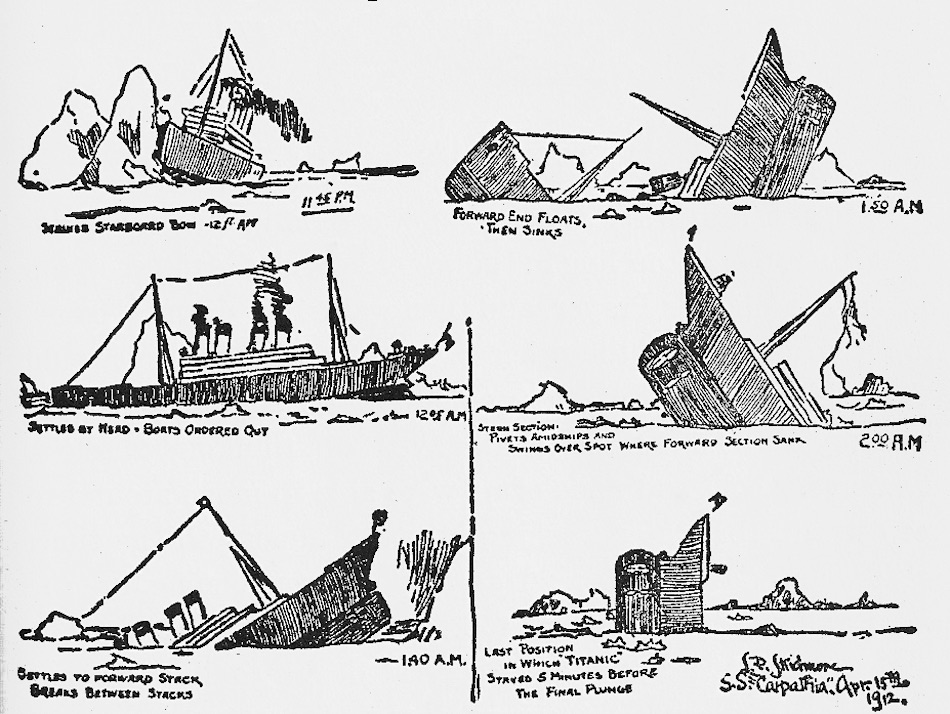
After the collision, which created a 12-cubic-foot gash, the ship took on about 400 tons of water per minute until she ultimately sank. That is literally tens of thousands of tons of water that the ship took on in just under three hours.
For some perspective, one ton of water is equivalent to just under 265 gallons. That's just over 100,000 gallons of water per minute, for three hours.
9. The Sinking Of The 'Titanic' Completely Changed Maritime Safety Procedure
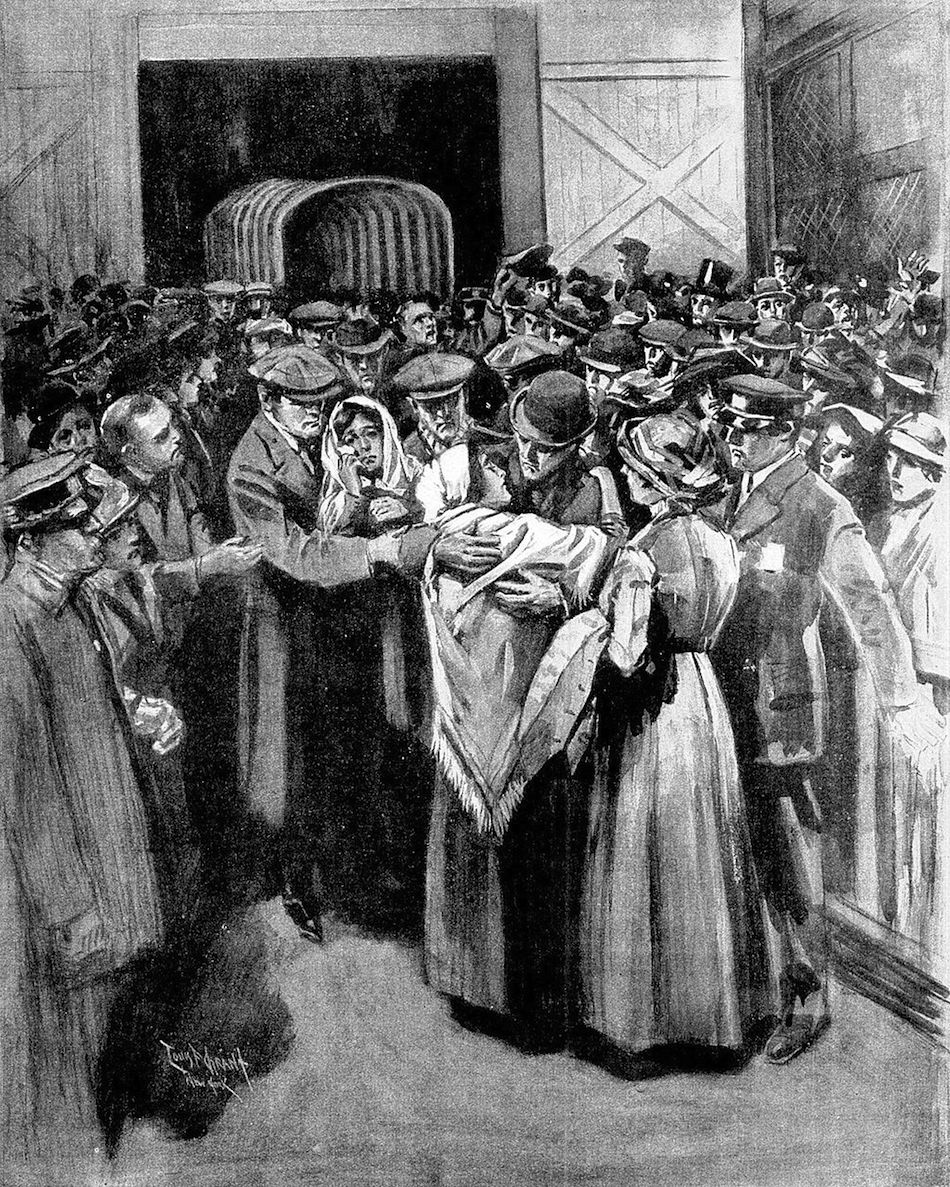
After the complete and total disaster of the Titanic, folks became much more aware of the importance of maritime safety.
Prior to the sinking, the amount of lifeboats on a ship was determined by total tonnage, not how many passengers were aboard. That all changed shortly after the "unsinkable" ship sank in 1912.
10. The Hull Might Have Been Weakened By A Weeks-Long Fire

New evidence, as reported in the New York Times, suggests that a coal fire had been slowly burning since before the ship even took off. It might have even been burning for up to three weeks prior to departure to New York.
Reportedly, no one stopped the fire, therefore the hull was weakened against the iceberg. Senan Molony, an Irish journalist who has been studying the Titanic for over 30 years, stands by this new evidence.
Did you know any of this about the sinking of the Titanic? Please SHARE with fellow history buffs on Facebook!




